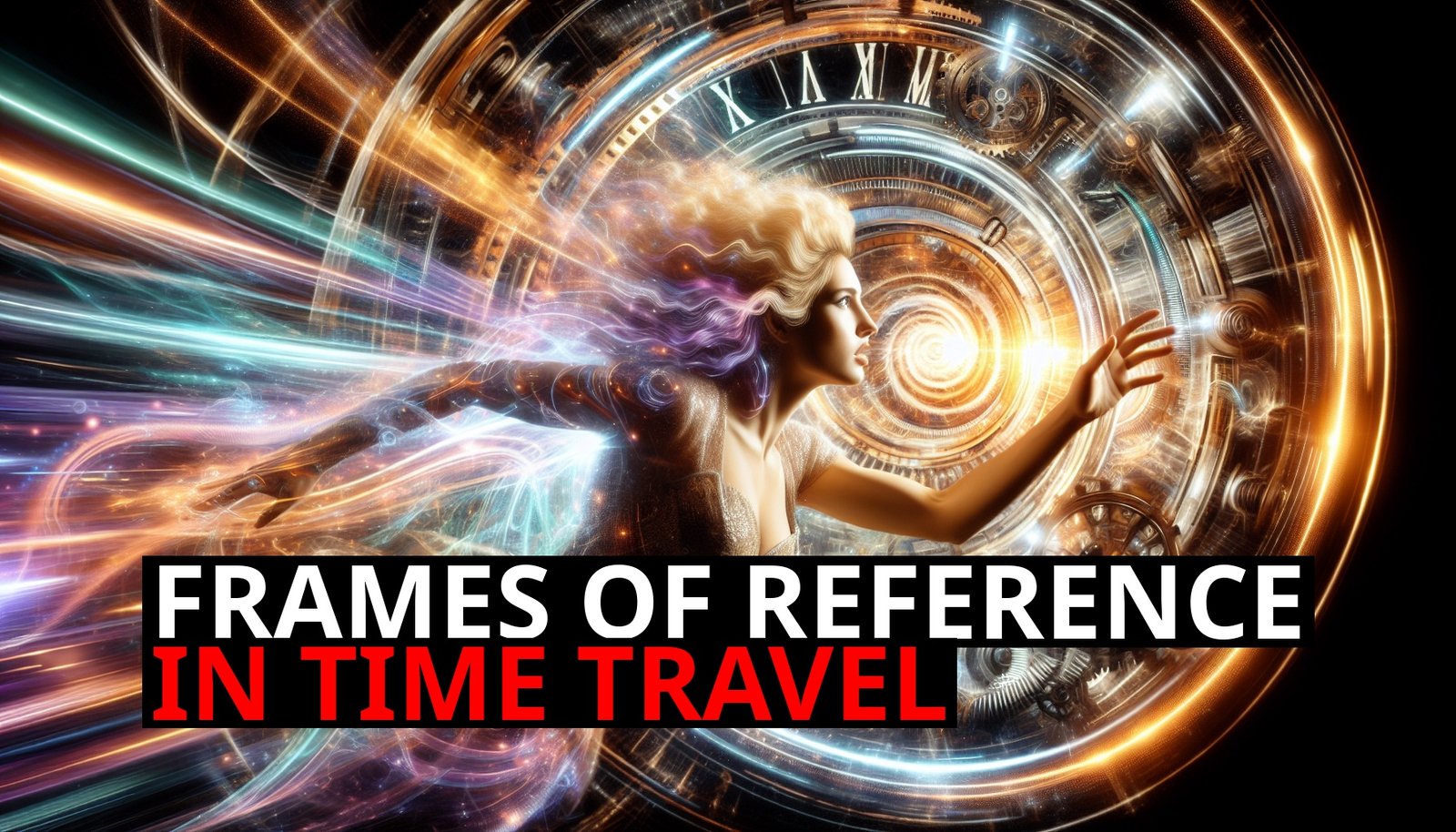Imagine stepping into a time machine, ready to explore the past or the future. How do your actions get perceived by you and by the universe? Let’s dive into frames of reference in time travel and see how different perspectives interact to shape our understanding.
Understanding Frames Of Reference
A frame of reference is a viewpoint from which you observe and measure events. In time travel, two primary frames of reference are crucial: your perspective as the time traveler and the universe’s perspective.
The Time Traveler’S Perspective: A Linear Journey
For you, the time traveler, the experience of time is linear. No matter where you travel, your personal timeline keeps moving forward. Your age, memories, and experiences accumulate in a straight line.
Example: Meeting Your Younger Self
– Imagine you’re 40 years old and travel back to meet your 20-year-old self.
– From your perspective, you are still 40, with all your memories and experiences up to that point. You continue to age normally.
The Universe’S Perspective
The universe sees all events happening in the present moment. It doesn’t split events into past, present, and future. It just sees everything happening as part of one continuous sequence.
Example: Meeting Your Younger Self
– When you arrive in the past, the universe sees a 40-year-old person suddenly appear out of nowhere.
– The universe now has two versions of you existing at the same time: the 40-year-old you and the 20-year-old you.
Interaction Between Perspectives
Understanding time travel means seeing how your linear experience and the universe’s view of events coexist.
Example: Meeting Your Younger Self
– From your perspective, you’re interacting with your younger self.
– From the universe’s perspective, it just sees you suddenly appear and interact with your younger self.
– New Memory: Your 20-year-old self now has a memory of meeting his 40-year-old self. However, when you were 20, you didn’t meet your future self, so you, as the 40-year-old, do not have this memory.
Practical Implications: Living With Time Travel
If time travel were possible, understanding these perspectives would be crucial. It helps you navigate your journeys without expecting paradoxes or disruptions in your personal timeline.
Example: Meeting Your Younger Self
– Knowing that your actions in the past are just new events happening now helps you understand that you are part of that timeline.
– Your personal history remains unchanged, but your actions can affect the new reality you create for your younger self.
– Future Choices: The younger version of you, now with the memory of meeting his older self, may make different choices. When he turns 40, he might decide not to travel back in time, which means he wouldn’t meet his younger self in the way you did.
Conclusion: Embracing The Complexities Of Time Travel
Time travel offers fascinating insights into how we perceive time and events. By understanding frames of reference, we can better appreciate the complexities of moving through time. The time traveler’s linear perspective and the universe’s view of events coexist to create a complete picture of time travel.
So, the next time you imagine hopping into a time machine, remember that while your journey is linear, the universe sees you move from one moment to another. Happy traveling! 🧑🚀🌌













